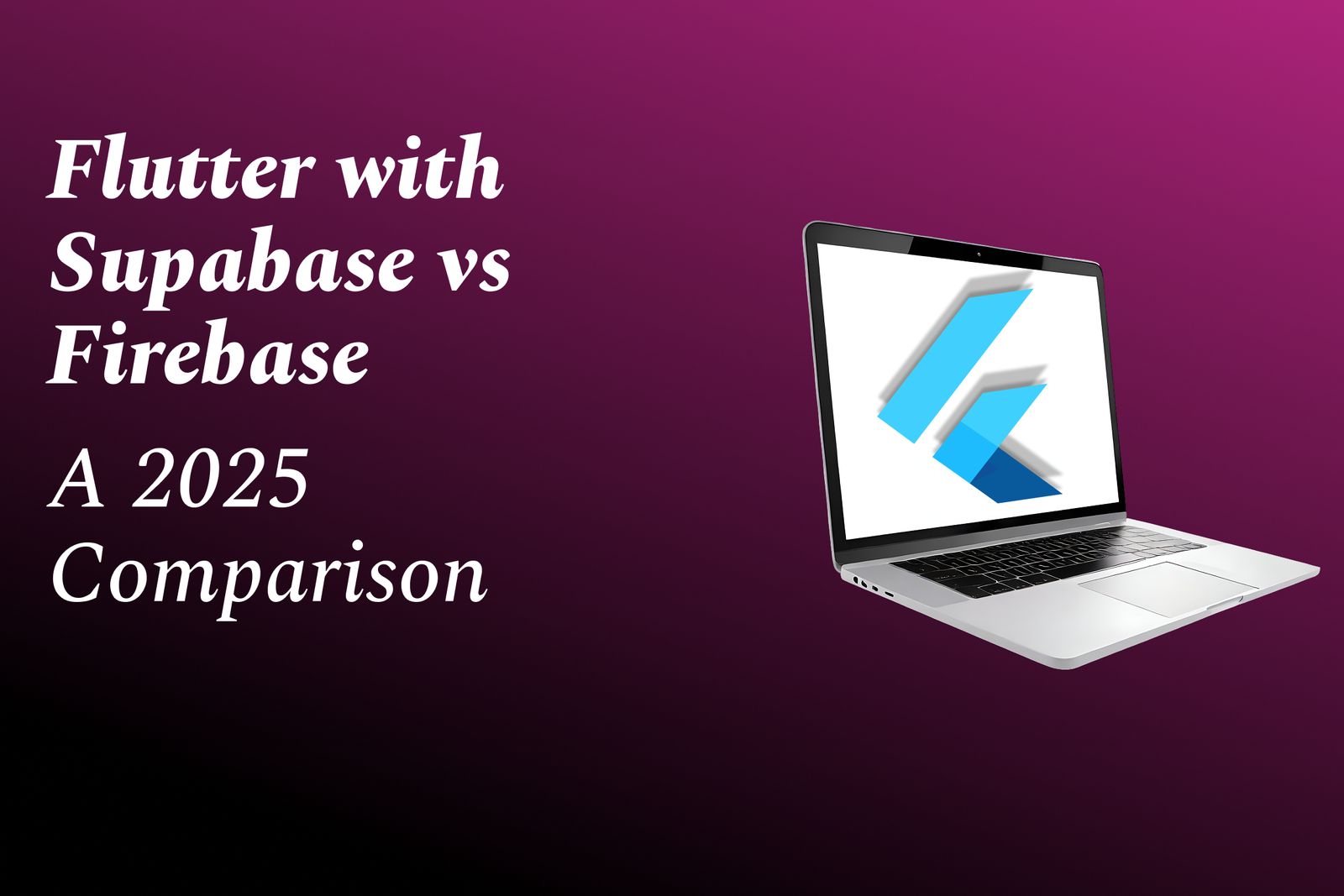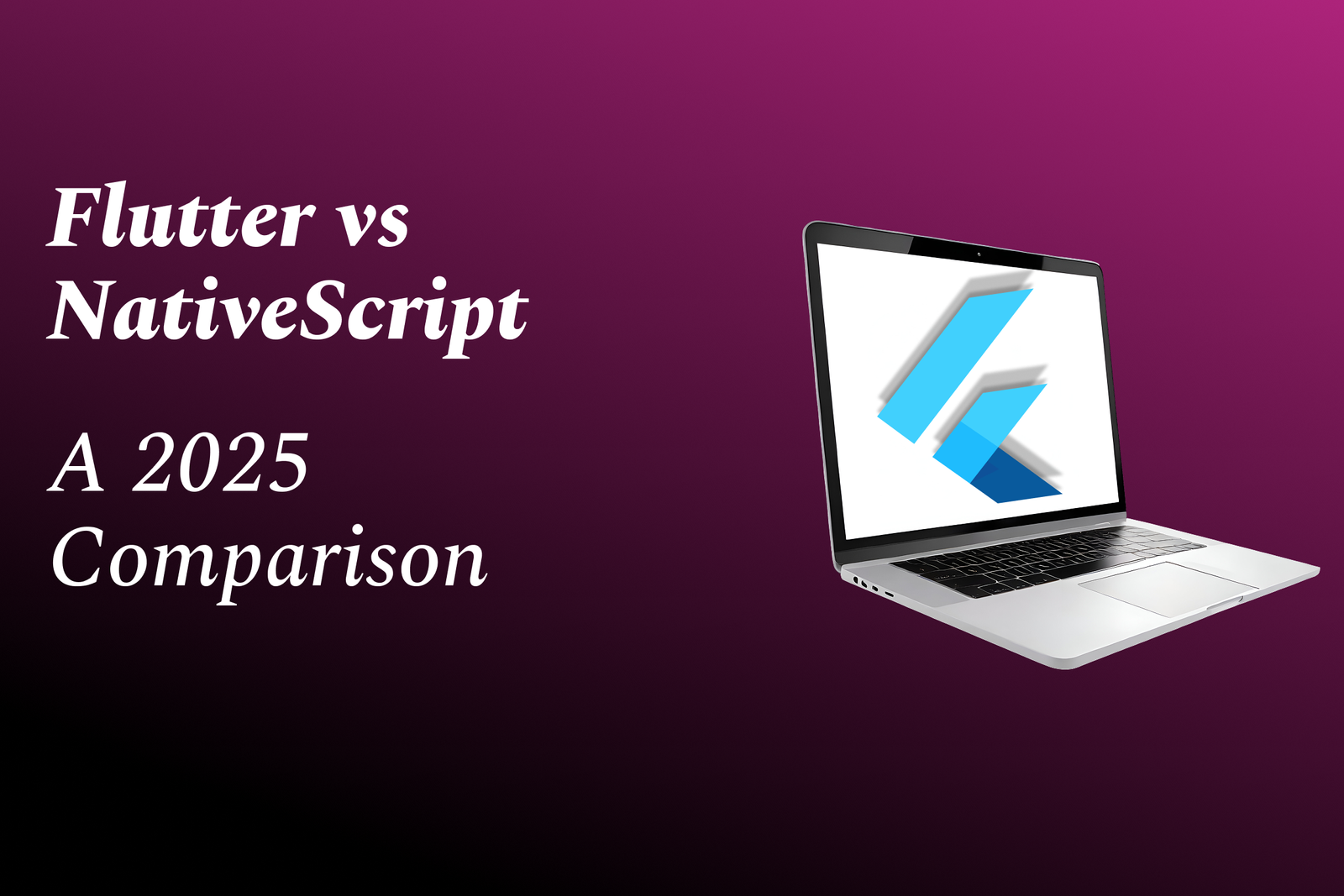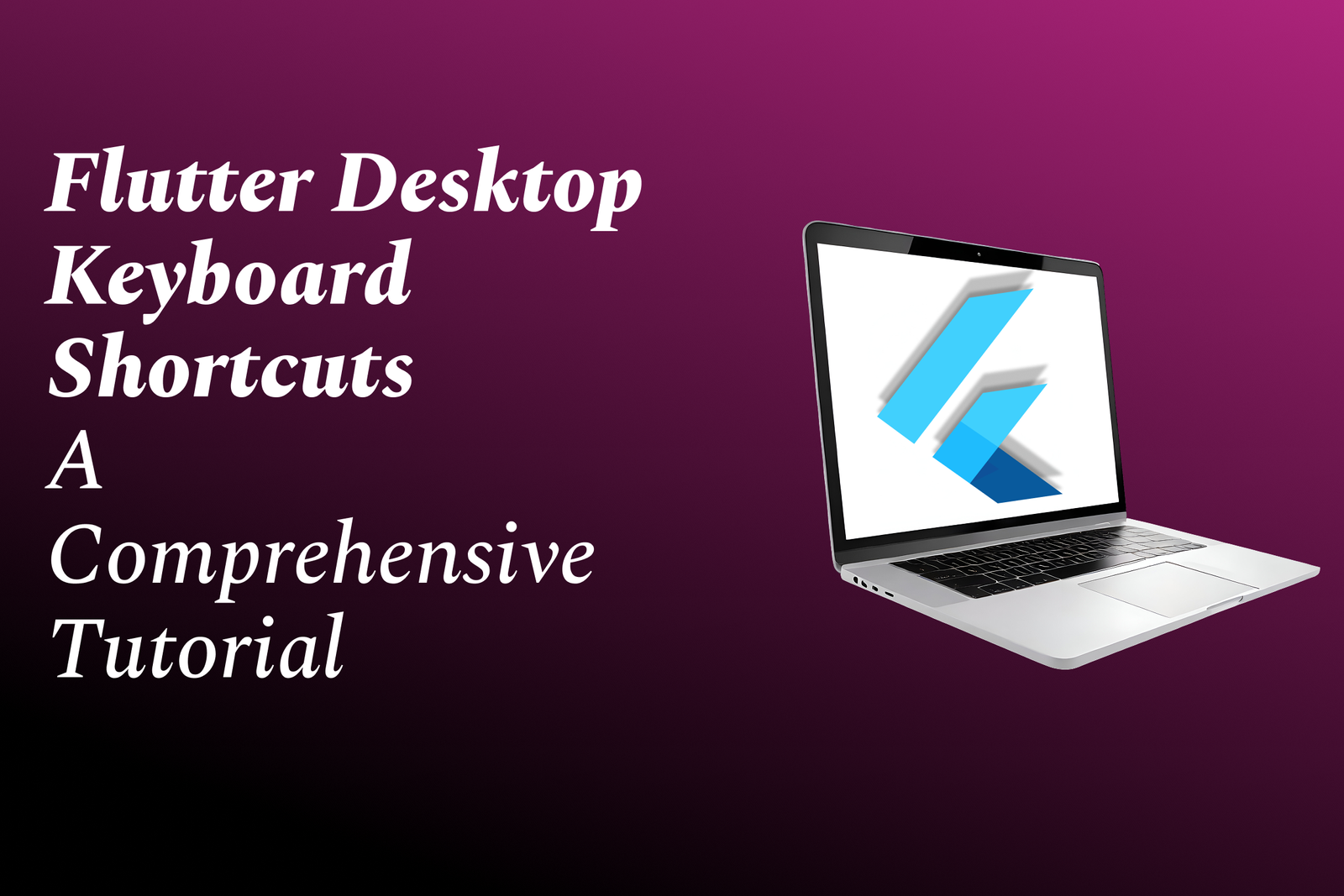Android App Maintenance
Enhancing Android App Longevity: Best Practices for Maintenance
Android App Maintenance
Android app maintenance involves a series of ongoing tasks to ensure that an application remains functional, secure, and compatible with the latest devices and operating systems. This includes updating the app to fix bugs and vulnerabilities, optimizing performance, and enhancing features based on user feedback and changing market trends. Developers must also manage app compatibility with new versions of Android, adapt to varied screen sizes and hardware specifications, and monitor the app’s performance using analytics tools. Regular maintenance helps improve user experience, retains user engagement, and ensures compliance with security and privacy regulations, ultimately leading to better app longevity and success in a competitive marketplace.
To Download Our Brochure: https://www.justacademy.co/download-brochure-for-free
Message us for more information: +91 9987184296
1 - Regular Updates
Apps require periodic updates to add new features, improve performance, and fix bugs. Scheduling regular updates keeps your app modern and user friendly.
2) Bug Fixes
Identifying and fixing bugs is crucial for maintaining app functionality. Regularly testing the app and addressing user reported issues can enhance user satisfaction.
3) Performance Monitoring
Constantly monitoring app performance metrics (like load times, crashes, and responses) helps developers identify areas needing improvement and optimize the app.
4) User Feedback Integration
Actively seeking and analyzing user feedback can guide necessary changes and feature additions, ensuring the app meets user needs and expectations.
5) Security Updates
Keeping the app secure is essential. Regularly updating to patch vulnerabilities and implementing new security measures protects users’ data from threats.
6) Compatibility Checks
As Android devices and OS versions evolve, ensuring compatibility with new versions is critical. Regularly test the app on various devices and OS to ensure broad functionality.
7) Third Party Library Updates
Updating third party libraries can improve functionality and security. Monitor the libraries used in your app and keep them up to date.
8) Data Migration Management
When updating the app, managing data migrations smoothly is essential for an uninterrupted user experience. Creating effective migration strategies is key.
9) Testing and QA
Implementing a robust testing and quality assurance (QA) process helps catch issues before updates go live, ensuring a smoother user experience.
10) Analytics Integration
Incorporating analytics tools allows you to track user behavior and app performance, helping make informed decisions about future updates and features.
11) Refactoring Code
Regularly revisiting and improving the app’s code can enhance stability and performance, making it easier to add new features in the future.
12) UI/UX Improvements
Continuous improvement of the user interface (UI) and user experience (UX) ensures the app remains engaging and easy to use, keeping users coming back.
13) Backup and Restore Procedures
Implementing backup and restore features is crucial to prevent data loss after updates. Users should be able to recover their data easily if issues arise.
14) Documentation and Change Logs
Maintaining clear documentation and change logs for updates aids developers and users. It keeps everyone informed about what has changed in each version.
15) Community Engagement
Building a community around the app allows users to feel connected. Encouraging forums or social media groups for users to share experiences can create loyalty and valuable feedback.
16) Cost Management
Budgeting maintenance costs effectively ensures that necessary updates and improvements can be made without financial strain.
17) Feature Prioritization
Evaluating which features to add or enhance based on user demand and technical feasibility helps maintain focus on what truly benefits the user base.
These points can be extended into a comprehensive training program covering the essentials of Android app maintenance, providing students with valuable knowledge and skills for their future careers in app development.
Browse our course links : https://www.justacademy.co/all-courses
To Join our FREE DEMO Session: Click Here
Contact Us for more info:
PMP STUDY MATERIAL
Cheapest online iOS training institutes in Vizag
DATACAMP MACHINE LEARNING
Power BI Career Path
JAVATPOINT java INTERVIEW QUESTIONS 2024











